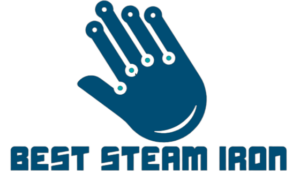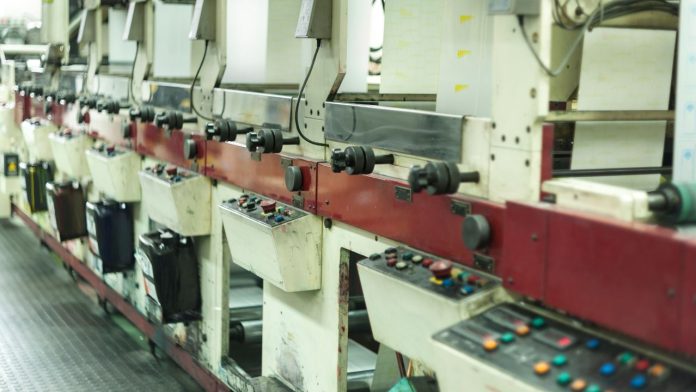The field of laboratory automation is rapidly evolving, with test tube labeling machines at the forefront of this transformation. These machines are crucial for enhancing efficiency, accuracy, and consistency in labeling processes across various sectors, including healthcare, pharmaceuticals, and research. This essay delves into the major technological trends shaping the future of test tube labeling machines.
Integration of Advanced Robotics
One significant trend is the integration of advanced robotics into test tube labeling systems. Modern robots equipped with precise manipulators and vision systems are being used to handle test tubes, apply labels, and verify their placement with remarkable accuracy. This not only speeds up the labeling process but also minimizes human error, ensuring that labels are consistently placed without smudges or misalignment.
Enhanced Vision Systems
Vision technology plays a pivotal role in modern test tube labeling machines. High-resolution cameras combined with sophisticated image processing software are used to inspect labels for accuracy, alignment, and legibility. These systems can detect even the smallest discrepancies in label placement or print quality, prompting immediate corrective action. This capability is crucial in environments where precision is paramount, such as in clinical trials and pharmaceutical manufacturing.
Improved Connectivity and IoT Integration
The integration of the Internet of Things (IoT) into test tube labeling machines is transforming how these devices operate and communicate. IoT-enabled machines can connect to a central network to share and receive data, facilitating real-time monitoring and control. This connectivity allows for remote diagnostics, predictive maintenance, and efficient management of labeling operations across multiple locations, enhancing operational uptime and productivity.
Adaptability to Various Container Formats
As the variety of test tube sizes and shapes expands, the adaptability of labeling machines has become a key focus. Modern labeling systems are designed to accommodate a wide range of test tube dimensions and materials without requiring extensive manual adjustments. This flexibility is achieved through adjustable components, software settings, and modular design principles that allow quick configuration changes to meet different labeling requirements.
Use of Eco-Friendly Materials
Sustainability concerns are also influencing the development of test tube labeling machines. There is an increasing demand for machines that are compatible with eco-friendly labels made from biodegradable or recyclable materials. Additionally, manufacturers are focusing on reducing the energy consumption of labeling machines and using components that have a lower environmental impact over their lifecycle.
Compliance and Traceability Features
Regulatory compliance is a critical aspect of test tube labeling, particularly in the pharmaceutical and medical fields. New labeling machines are being equipped with features that ensure compliance with global standards, such as FDA regulations and EU guidelines. These include capabilities for serialization and barcode integration, which enhance the traceability and security of labeled test tubes throughout their lifecycle.
Software and User Interface Improvements
Improvements in software and user interfaces are making test tube labeling machines more user-friendly and accessible. Modern interfaces feature touch screens, intuitive controls, and customizable settings that allow operators to easily adjust parameters. Software enhancements also include better integration with laboratory information management systems (LIMS), facilitating seamless data exchange and workflow management.
Conclusion
The technological trend in test tube labeling machine are focused on enhancing precision, efficiency, and adaptability while addressing the growing demands for connectivity, sustainability, and regulatory compliance. As these trends continue to evolve, they promise to further transform the capabilities of laboratories and production facilities, ensuring that labeling processes remain a robust and reliable component of scientific and industrial workflows. This ongoing innovation not only enhances the functionality of labeling machines but also supports the broader goals of scientific accuracy and operational excellence.




